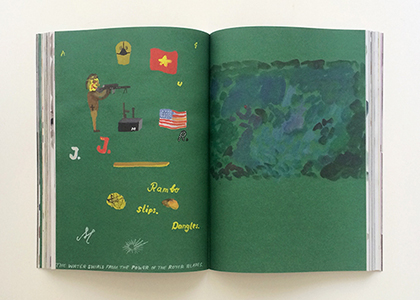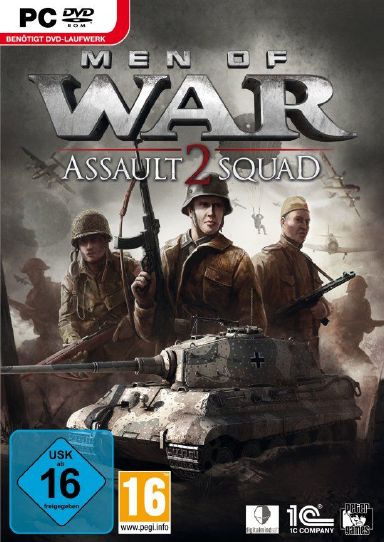


This object was sold in 1942 with the Eugen Gutmann collection of 225 silver, jewelry, and Renaissance objects to the dealers Karl Haberstock and Julius Boehler.
#Object 260 men of war 2 full#
For the full provenance, please visit the art object page via the link above. This text is selected provenance involving World War II. This research is an ongoing project, and the Gallery welcomes any information that would augment or clarify the ownership history of objects in its collection.Īlessandro Algardi, A Flagellator of Christ, c. The provenance is subject to change as new information becomes available. The National Gallery of Art provides known provenance information on this website for all paintings and sculpture in the collection. Other objects now in the National Gallery of Art were recovered after the war and returned to owners in Liechtenstein, Austria, and Holland. Most of the Gallery objects confiscated in this manner were discovered in salt mines in southern Germany and Austria by the Allies in the last days of the war, and were removed to the Munich Central Collecting Point. Records from the Munich Central Collecting Point document the restitution of the objects to their countries of origin, where prewar owners or heirs claimed them. Captured German records, now at the National Archives in College Park, Maryland, have been used to trace the confiscation and subsequent dispersal from the Jeu de Paume. Several of these objects had been confiscated by the Nazi Einsatzstab Reichsleiter Rosenberg (ERR) from private French collections and stored at the Jeu de Paume in Paris. In 2016, the National Gallery of Art came to a mutually acceptable agreement with the family of the prior owner of a drawing by Julius Schnorr von Carolsfeld, A Branch with Shriveled Leaves, in which it was returned to the family and a second drawing, by Friedrich Olivier, remains in the collection of the National Gallery of Art. It was returned to its rightful owners in 2000. (See information on how to read Gallery provenance texts.) One painting, Frans Snyders' Still Life with Fruit and Game , was determined to have been looted from a French collection and not subsequently restituted. Wartime histories, including extensive archival references, are documented in their provenance footnotes. These objects are displayed in this slideshow with links to their ownership history. Archival research uncovered documentation indicating that each of these works of art had been returned to its rightful owner after the war. In the course of this research it was discovered that the objects in this slideshow had in fact been looted during the war. From its inception, the National Gallery of Art has conducted extensive research into the provenance, or history of ownership, of objects in its collection, with particular attention over the past several years to the World War II era.


 0 kommentar(er)
0 kommentar(er)
